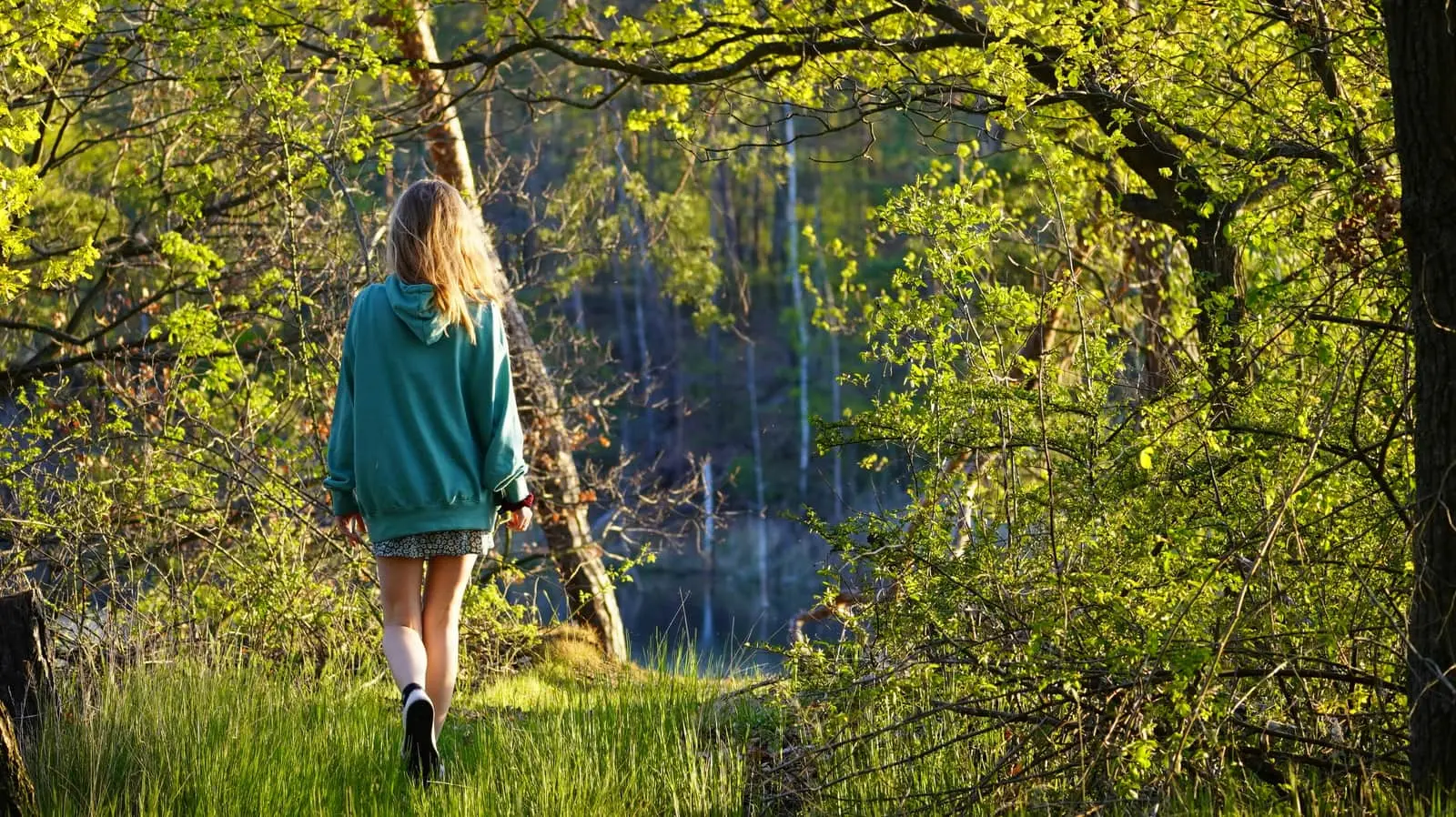Assessing Studies on Mood Improvement from Regular Time Spent Outdoors

The Science Behind Nature and Mood
In an age where mental health concerns are increasingly prevalent, understanding the connection between nature and mood improvement is more critical than ever. Numerous studies have highlighted the significant positive effects that spending time outdoors can have on alleviating symptoms of anxiety and depression. The notion that being in green spaces can boost mood by up to 20% is not just an optimistic statistic but a scientifically backed claim.
How Green Spaces Affect the Brain
When we spend time in nature, several psychological and physiological processes are activated that contribute to mood enhancement. Exposure to natural environments has been linked with reductions in the stress hormone cortisol, improved immune system functioning, and increased production of endorphins and dopamine. These chemicals play a vital role in mood regulation.
Research published in The Journal of Environmental Psychology shows that just 20 to 30 minutes of exposure to nature can significantly decrease levels of stress. This is partly due to the visual stimulation of greenery which engages our parasympathetic nervous system, known for inducing relaxation and calmness.
Empirical Evidence Supporting Mood Improvements
Various studies have provided empirical support for the mood-boosting effects of nature walks. A landmark study conducted by Stanford University found that participants who walked for 90 minutes in a natural area exhibited reduced activity in a brain region associated with depression compared to those who walked in an urban setting.
Study Methods and Participants
The research methodology often involves a comparison between urban and natural settings. For example, participants are usually assigned to two groups: one walking in a park or forest and another strolling through a city. Pre- and post-walk mood assessments, often using the Positive and Negative Affect Schedule (PANAS), reveal changes in emotional states.
The demographic diversity in these studies ensures broader applicability of findings. Participants typically range from young adults to older individuals, allowing researchers to observe any age-related differences in response to nature exposure.
Practical Approaches to Incorporating Nature into Daily Life
While the scientific evidence is compelling, translating it into practical steps is crucial for maximizing its benefits. Here are some strategies:
- Daily Walks: Aim for at least 30 minutes of walking in a green space daily. Consistency is key to long-term benefits.
- Gardening: Engage in gardening, which combines physical activity with nature exposure, enhancing mood and providing a sense of accomplishment.
- Meditative Practices: Practice mindfulness or meditation outdoors. This can amplify the calming effects of nature and deepen your connection with the environment.
The Role of Urban Planning
Urban planners have a pivotal role in integrating more green spaces within cities. By ensuring access to parks and recreational areas, they can help foster community well-being. Studies suggest that residents living near parks exhibit lower stress levels and better mental health compared to those without easy access to green spaces.
Challenges and Considerations
Despite its many benefits, spending time outdoors is not without challenges. Weather conditions, safety concerns, and accessibility can hinder regular nature exposure. Addressing these issues requires strategic planning and community involvement.
Weather and Climate Adaptation
Weather variability poses a significant challenge. However, adapting your activities according to seasons—such as winter hiking or summer picnics—can ensure continued engagement with nature regardless of climate changes.
Safety and Accessibility
Ensuring safety in natural spaces is paramount. Community initiatives aimed at making parks safer through better lighting, clear signage, and patrols can encourage more people to spend time outdoors. Moreover, improving accessibility for individuals with disabilities can further broaden participation.
Conclusion: Bridging Research and Everyday Life
The compelling evidence supporting nature's role in enhancing mood underscores the need to prioritize outdoor activities as part of mental health interventions. While individual action is necessary, systemic changes in urban design and policy-making will significantly influence how societies embrace green spaces for mental well-being.
Ultimately, investing time in nature not only nurtures our mental health but also fosters a sustainable relationship with our environment—one step at a time.